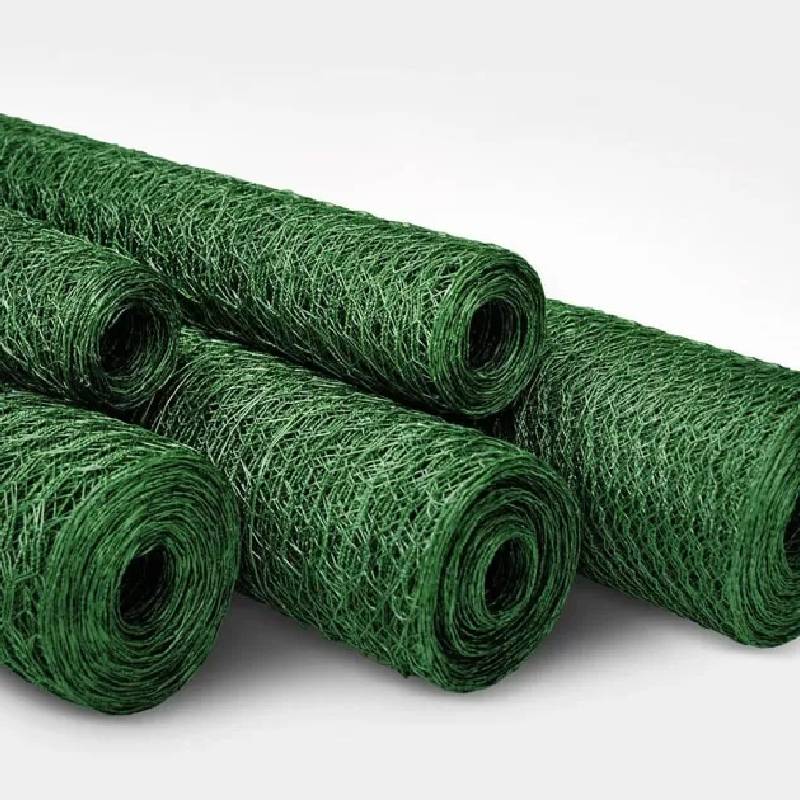
- Mobile Phone
- +8613931874955
- sales@cntcmetal.com
Understanding the Purpose and Applications of Cavity Ties in Construction Projects
What Are Cavity Ties Used For?
Cavity ties are essential components in the construction industry, particularly in the creation of cavity walls. These walls are designed to provide enhanced insulation and moisture protection, making them ideal for various building applications. Understanding the purpose and function of cavity ties is crucial for both builders and homeowners who want to ensure the integrity and longevity of their structures.
Cavity walls consist of two separate masonry walls, known as the outer and inner leaves, with a gap or cavity in between. This design allows for effective drainage of water and helps to prevent moisture from penetrating the interior of the building. Cavity ties play a pivotal role in maintaining the structural integrity of these walls by connecting the two leaves together. They are typically made of materials such as stainless steel, galvanized steel, or plastic to withstand environmental pressures and resist corrosion.
What Are Cavity Ties Used For?
Another critical function of cavity ties is to allow for slight movement between the two leaves of the cavity wall. As the building settles or experiences temperature fluctuations, the two walls may expand or contract. Cavity ties are designed to accommodate this movement while ensuring that the walls do not separate. This flexibility minimizes the risk of cracking and other structural damage.
what are cavity ties used for

Cavity ties also contribute to the wall's insulation properties. By keeping the outer and inner leaves connected but able to move independently, cavity ties help maintain a thermal barrier. The cavity between the walls acts as an insulator, reducing the transfer of heat and cold. This feature is especially beneficial in climates with extreme temperatures, where energy efficiency is a top priority. Properly installed cavity ties can thus enhance the building’s energy performance, leading to reduced heating and cooling costs.
In addition to their structural and insulation roles, cavity ties are crucial for moisture management. The cavity between the leaves allows for the passage of water that may enter the outer wall. Cavity ties help create a system where any moisture that infiltrates the outer leaf can drain downwards and exit through weep holes at the bottom of the wall. This drainage process is vital in preventing water damage, mold growth, and deterioration of materials inside the building.
The installation of cavity ties must adhere to specific building codes and regulations to ensure safety and effectiveness. Factors such as the wall's height, exposure to wind loads, and the type of materials used all influence the spacing and type of ties required. Generally, cavity ties should be installed at regular intervals, with vertical and horizontal placement considerations to optimize load distribution and drainage.
Moreover, cavity ties come in various types, including horizontal ties, vertical ties, and special forms like weep ties, which are specifically designed to facilitate water drainage. Builders must choose the appropriate type of cavity tie based on the specific requirements of the structure and environmental conditions.
In conclusion, cavity ties are pivotal in maintaining the structural integrity, thermal performance, and moisture control of cavity walls. They connect the outer and inner leaves of a wall, providing stability while allowing for necessary movement and moisture drainage. Proper understanding and installation of cavity ties not only enhance the longevity of a building but also improve its energy efficiency, thus benefiting both builders and homeowners alike. When constructing or renovating a building with cavity walls, it is essential to pay careful attention to the selection and installation of cavity ties to ensure a durable and efficient structure.
share:
-
Yard Sign Stakes: Reliable Guardians of Outdoor SignsNewsAug.04,2025
-
Wall Ties: Invisible Guardians of Building StabilityNewsAug.04,2025
-
Resilient Web: The Super Guardian Power of Concrete MeshNewsAug.04,2025
-
Masonry Accessories: A versatile assistant on building foundationsNewsAug.04,2025
-
Iron Binding Wire: the 'invisible reinforcement specialist' in the fields of architecture and industryNewsAug.04,2025
-
Dynamic Spring: The diverse functions and excellent performance of Wire Tension SpringNewsAug.04,2025
-
Your Source for Concrete Wall Ties and Masonry AccessoriesNewsJul.10,2025



















